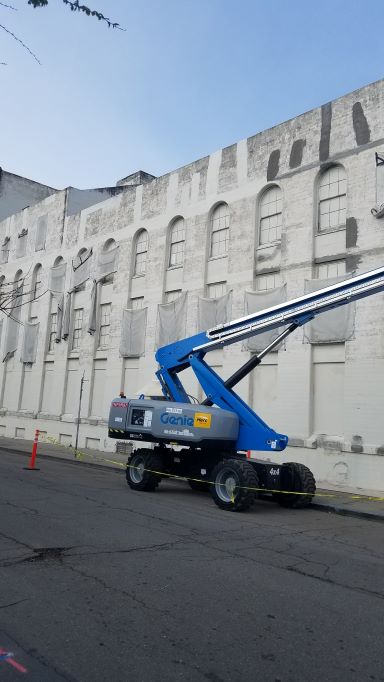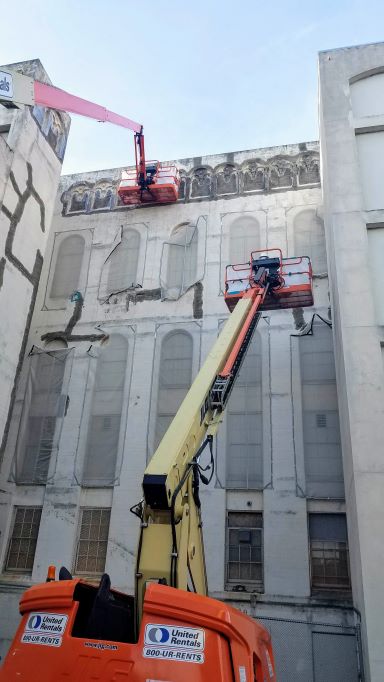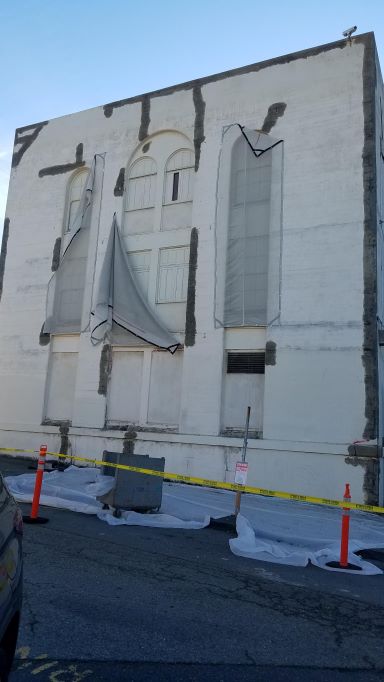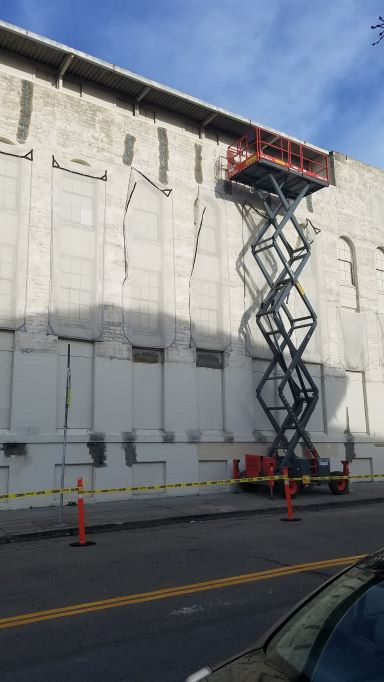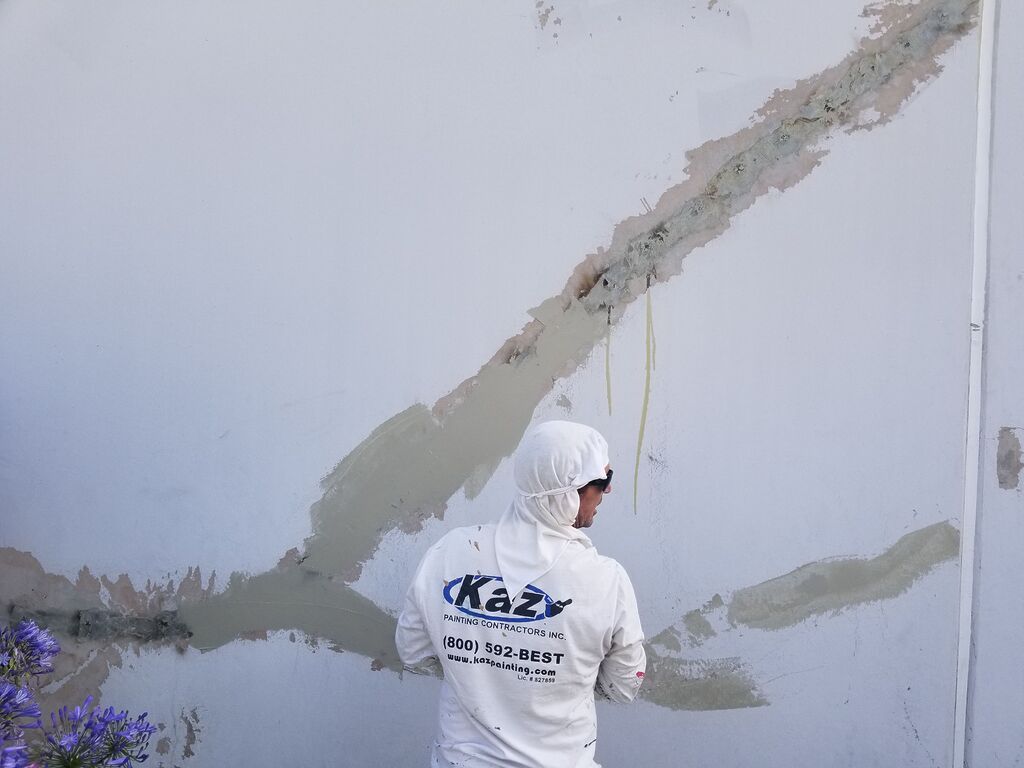
Understanding What Spalling is.
Spalling refers to the chipping, flaking, or breaking off of small pieces of concrete from a surface. It is primarily caused by the ingress of moisture, freeze-thaw cycles, corrosion of embedded reinforcing steel, or poor concrete mix design. Spalling can occur on any exposed concrete surface, such as walls, columns, beams, or facades, and should not be ignored due to its potential for further damage.
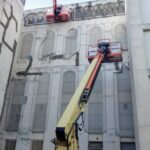
Concrete buildings often require regular maintenance to ensure their longevity and visual appeal. One common issue faced by concrete and high-rise building owners and managers is spalling, a form of concrete deterioration that can compromise both the structural integrity and aesthetic appearance of the building. In preparation for painting, it is crucial to address spalling through effective repair techniques. This article will explore the causes of spalling, the importance of repair, and provide authoritative insights into the best practices for repairing spalled concrete on high-rise buildings.
Concrete spalling occurs due to a combination of factors that contribute to its deterioration.
The main causes include:
Moisture and Water Ingress: Excessive moisture and water penetration can weaken the concrete over time. The presence of moisture can react with the cementitious materials, causing them to deteriorate and weaken. It can also lead to the corrosion of reinforcing steel, which further contributes to spalling.
Reinforcing Steel Corrosion: The presence of moisture and the ingress of chlorides or carbon dioxide can cause the corrosion of reinforcing steel within the concrete. As steel corrodes, it expands, exerting pressure on the surrounding concrete, leading to cracking and spalling.
Chemical Attack: Harsh chemicals, such as chloride ions from de-icing salts or industrial pollutants, can react with the concrete components, leading to corrosion, expansion, and subsequent spalling.
Poor Concrete Mix Design: Inadequate proportions of aggregates, cement, water, or admixtures during the concrete mixing process can result in a weakened concrete matrix, making it more susceptible to spalling.
Freeze-Thaw Cycles: While uncommon in Southern California, repeated exposure to freeze-thaw cycles, where water penetrates the concrete and expands upon freezing, can lead to cracking, chipping, and spalling.
Impact or Mechanical Damage: High-rise buildings are susceptible to impacts from falling objects, vehicular collisions, or heavy machinery. These impacts can cause immediate damage or weaken the concrete, making it more prone to spalling over time.
Construction Defects: Inadequate construction practices, such as improper compaction, insufficient curing, or inadequate concrete cover over reinforcing steel, can result in weakened concrete that is more likely to experience spalling.
It is important to note that the specific causes and severity of spalling can vary based on factors such as climate, exposure conditions, material quality, and construction techniques. Regular inspection, maintenance, and timely repairs are crucial to prevent and address spalling issues in high-rise buildings.
The Importance of Repairing Concrete Spalling
Best Practices for Spalling Repair:
Repairing spalling on concrete and high-rise buildings prior to painting is a crucial maintenance task that ensures both structural integrity and aesthetic appeal. By understanding the causes of spalling and implementing effective repair techniques, building owners and managers can mitigate further damage and extend the lifespan of their structures. It is imperative to engage qualified professionals and follow best practices during the repair process to achieve long-lasting results. With meticulous attention to detail, high-quality repair materials, and proper application, high-rise buildings can regain their structural integrity and restore their visual allure, leaving a lasting impression on both residents and visitors alike.
Recent crack and spall repair on a historic building
